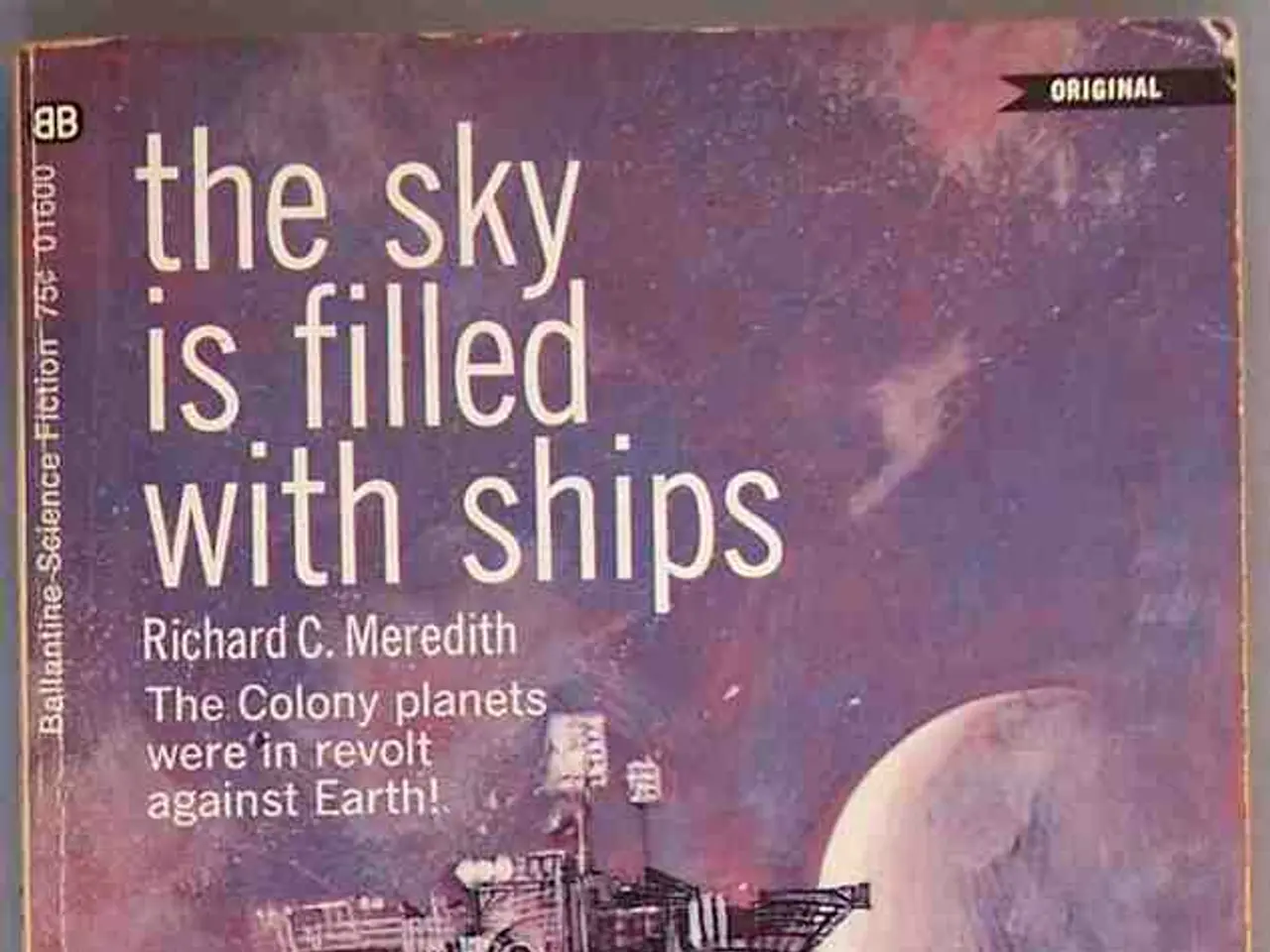Mars' colossal stone fetches $4.3 million at public sale event
In a historic moment for planetary science, the largest known piece of Mars on Earth, the Martian meteorite NWA 16788, has been sold at Sotheby's New York auction for a staggering $4.3 million. Weighing approximately 54 pounds (24.5 kilograms), this once-in-a-generation find is around 70% larger than the next largest known Martian meteorite.
Classified as a shergottite, a type of Martian meteorite originating from volcanic regions on Mars, NWA 16788 boasts a unique mineral composition. It contains significant amounts of maskelynite (a glass formed under intense heat and pressure from an asteroid impact), olivine, and pyroxene. Its coarse-grained texture and poikilitic features (crystals enclosed by others) are rare in Martian meteorites, making it valuable for refining the classification of these space rocks to better align with terrestrial rock systems.
The meteorite's surface shows minimal weathering, indicating it fell to Earth recently and has remained chemically and physically well-preserved. Its reddish-brown fusion crust and regmaglypts (surface indentations from atmospheric entry) confirm its extraterrestrial origin and provide insights into the meteorite's journey through space and our atmosphere.
NWA 16788 offers a tangible connection to Mars, our celestial neighbour that has long captured the human imagination. The sale of this meteorite marks a notable moment linking science, natural history, and the art market, potentially fostering broader interest and study of Mars geology and planetary science.
While primarily a collector's item, auctioning such specimens can drive funding and interest in planetary science. However, the meteorite remains a critical scientific asset that could be studied further by researchers, especially if mechanisms are established to share samples for analysis and preserve this unique specimen for ongoing Mars research.
Julia Cartwright, a planetary scientist and Independent Research Fellow at the University of Leicester, England, emphasised the symbiotic relationship between researchers and collectors. She suggested that the sale of meteorites drives scientific research, and believes that the scientific interest in the meteorite NWA 16788 will remain, regardless of its final destination.
Steve Brusatte, a professor of paleontology and evolution at Scotland's University of Edinburgh, expressed concern about the meteorite potentially ending up in the vault of an oligarch. He expressed hope that the meteorite NWA 16788 would be studied or displayed for the public to see, but acknowledged that its final destination is unknown.
Analysis of the meteorite's internal composition reveals it was probably removed from the Martian surface by an asteroid impact. A reference sample from the meteorite has been saved at the Purple Mountain Observatory in China.
It's important to note that the sale of the meteorite NWA 16788 has not been confirmed, and the meteorite was auctioned off, not donated to science. Nevertheless, the record sale highlights the meteorite's rarity and scientific importance, raising public and scientific awareness.
In February 2021, a different Martian meteorite with the planet's atmosphere entrapped in it was sold at Christie's auction house for $200,000, far above its pre-auction estimate of $30,000-50,000. Only around 400 Martian meteorites have ever been found on Earth, making each discovery significant and valuable.
The meteorite NWA 16788 was discovered in November 2023 in the remote Agadez region of Niger. Despite its new home, the meteorite's scientific potential and the insights it offers into the geology and history of Mars ensure it will continue to captivate and inspire scientists and the public alike.
The significant sale of the Martian meteorite NWA 16788 at Sotheby's New York auction for $4.3 million brings an exciting fusion of science, natural history, and the art market, drawing attention to the health-and-wellness of Mars through space-and-astronomy research. Collected specimens like this could aid in future planetary science studies, as scientific interest and fundings are fueled by such rare finds.




